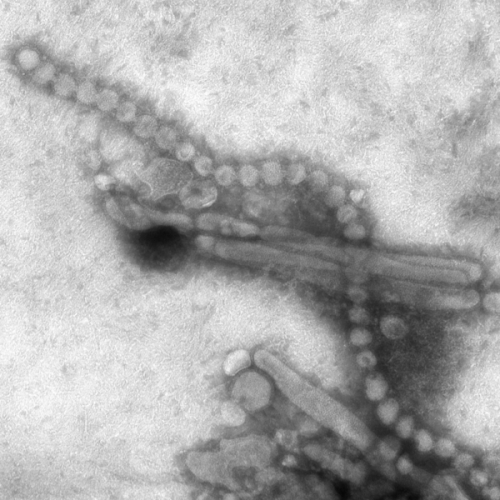
An international team of researchers has found evidence that suggests people with MX1 gene variants are more susceptible to H7N9 avian influenza infections. In their paper published in the journal Science, the group describes their work involving genome sequencing samples from people known to have been infected with H7N9 along with samples from people known to be at greater risk of being infected from poultry, and what they found.
H7N9 is a bird flu strain of the species Influenza virus A—human infections from it are still relatively rare, though it has been found to be more deadly than other types, with a mortality rate of 39%. Prior research has shown that exposure to poultry is the biggest risk factor for transmission to humans. But prior research has also shown that only 7% of all infections were in poultry workers. This finding has led to suggestions that some people are more susceptible to infection from the H7N9 strain than are other people, which suggests a genetic difference. In this new effort, the researchers went looking for that genetic difference.
The work by the team involved collecting tissue samples from 220 people in China who were known to have been infected by the H7N9 strain between 2013 and 2017and then conducting genetic sequencing on them. The researchers did the same with 116 poultry workers who had never been infected by the virus.
In looking at the results of their sequencing, the researchers found what they described as a preponderance of infections in people with MX1 gene variants—the MX1 genes code for inducing the interferon antiviral protein MxA. Without such proteins, people are more at risk of infection. The researchers found that it was present in 10% of the infected patients and were unable to find it in any of those people who had not been infected, even those who worked on poultry farms. In a wider test, the researchers found MX1 variants in approximately 1.78 percent of 4,078 people randomly tested. In another test, they found that all but three of the MX1 variants they had identified in their study, could be associated with sub-standard MxA activity against the virus behind H7N9.
Source: Read Full Article
